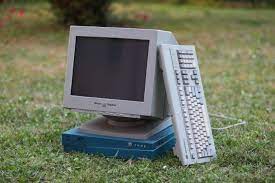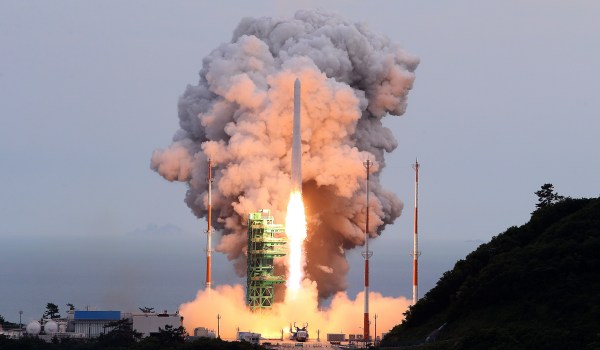Modded Minecraft is having a security moment, to match what we’ve seen in the Python and JavaScript repositories over the last few months. It looks like things started when a handful of burner accounts uploaded malicious mods to Curseforge and Bukkit. Those mods looked interesting enough, that a developer for Luna Pixel Studios (LPS) downloaded one of them to test-run. After the test didn’t pan out, he removed the mod, but the malicious code had already run.
Where this gets ugly is in how much damage that one infection caused. The virus, now named fractureiser, installs itself into every other Minecraft-related .jar on the compromised system. It also grabs credentials, cookies, cryptocurrency addresses, and the clipboard contents. Once that information was exfiltrated from the LPS developer, the attacker seems to have taken manual actions, using the purloined permissions to upload similarly infected mod files, and then marking them archived. This managed to hide the trapped files from view on the web interface, while still leaving them exposed when grabbed by the API. Once the malware hit a popular developer, it began to really take off.
It looks like the first of the malicious .jar files actually goes all the way back to mid-April, so it may take a while to discover all the places this malware has spread. It was first noticed on June 1, and investigation was started, but the story didn’t become public until the 7th. Things have developed rapidly, and the malware fingerprints has been added to Windows Defender among other scanners. This helps tremendously, but the safe move is to avoid downloading anything Minecraft related for a couple days, while the whole toolchain is inspected. If it’s too late and you’ve recently scratched that voxel itch, it might be worth it to take a quick look for Indicators of Compromise (IoCs).
Continue reading “This Week In Security: Minecraft Fractureiser, MOVEit, And Triangulation”

















